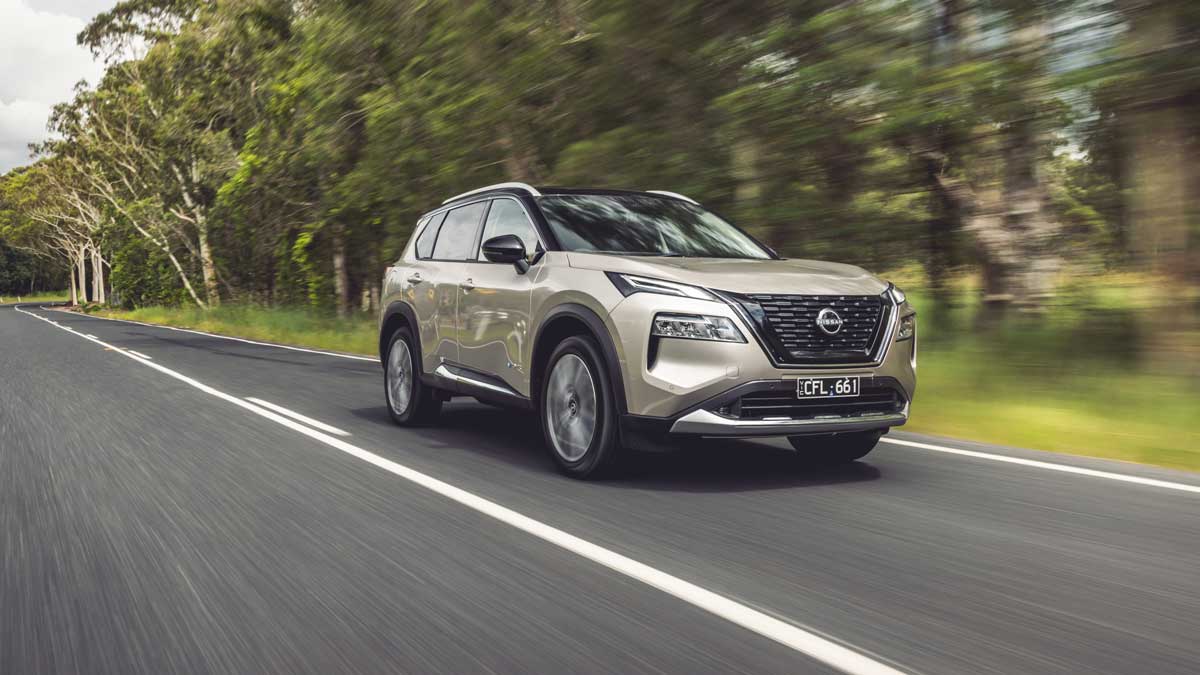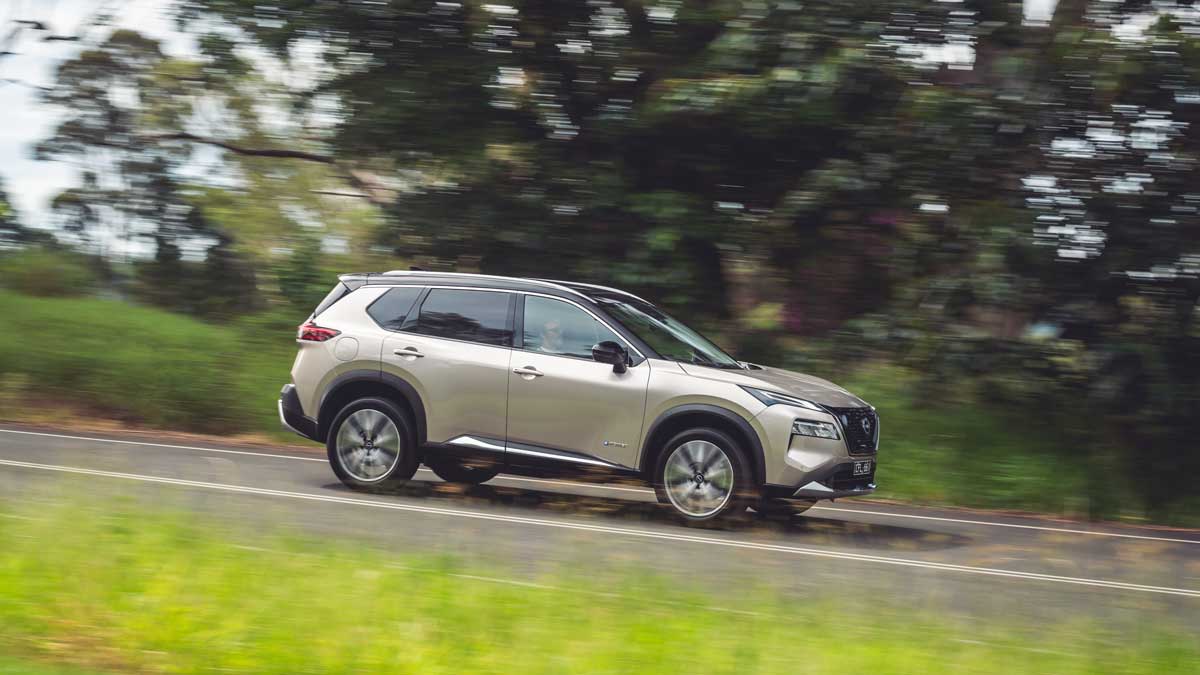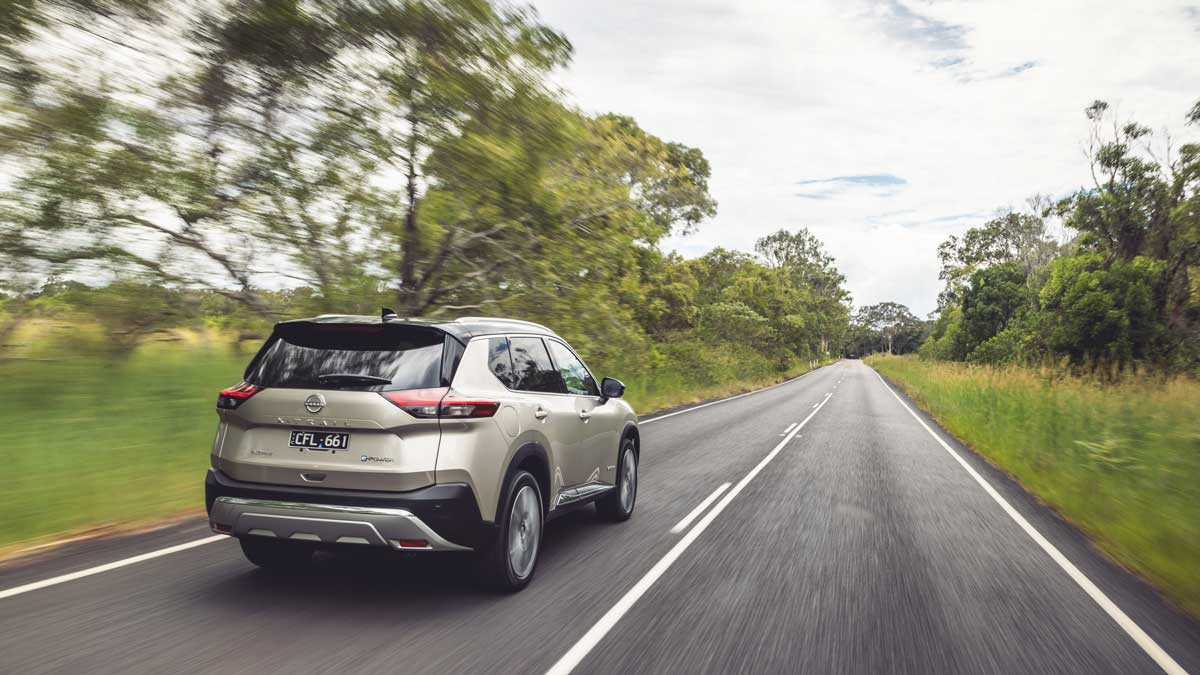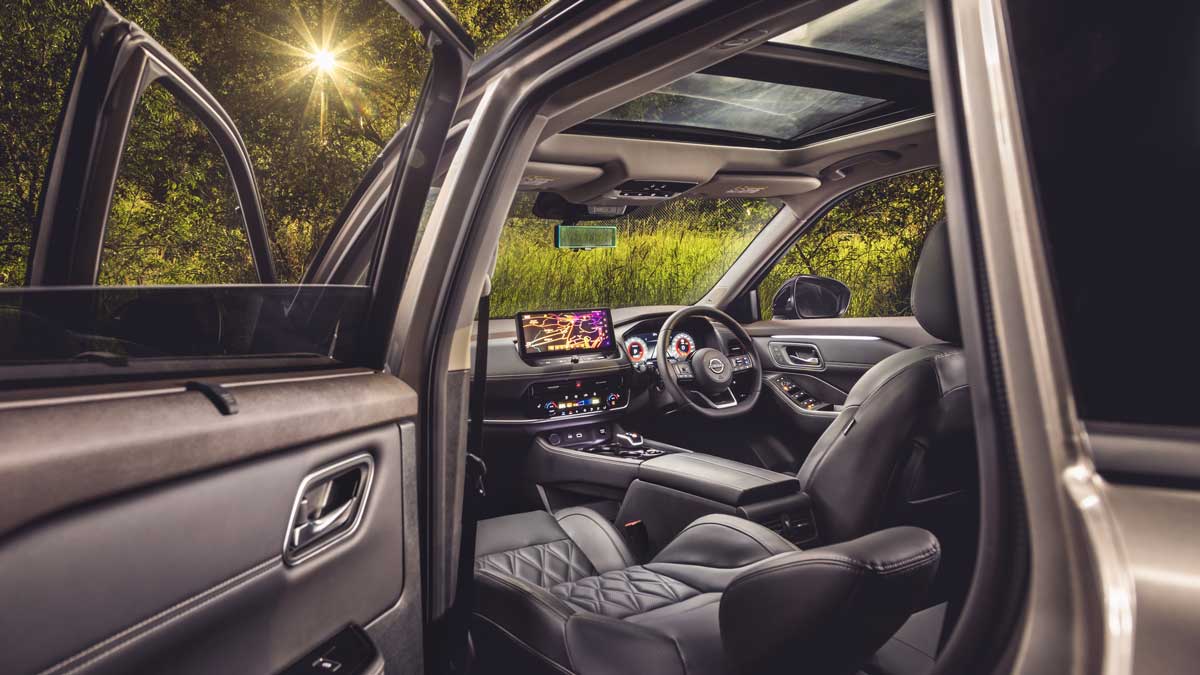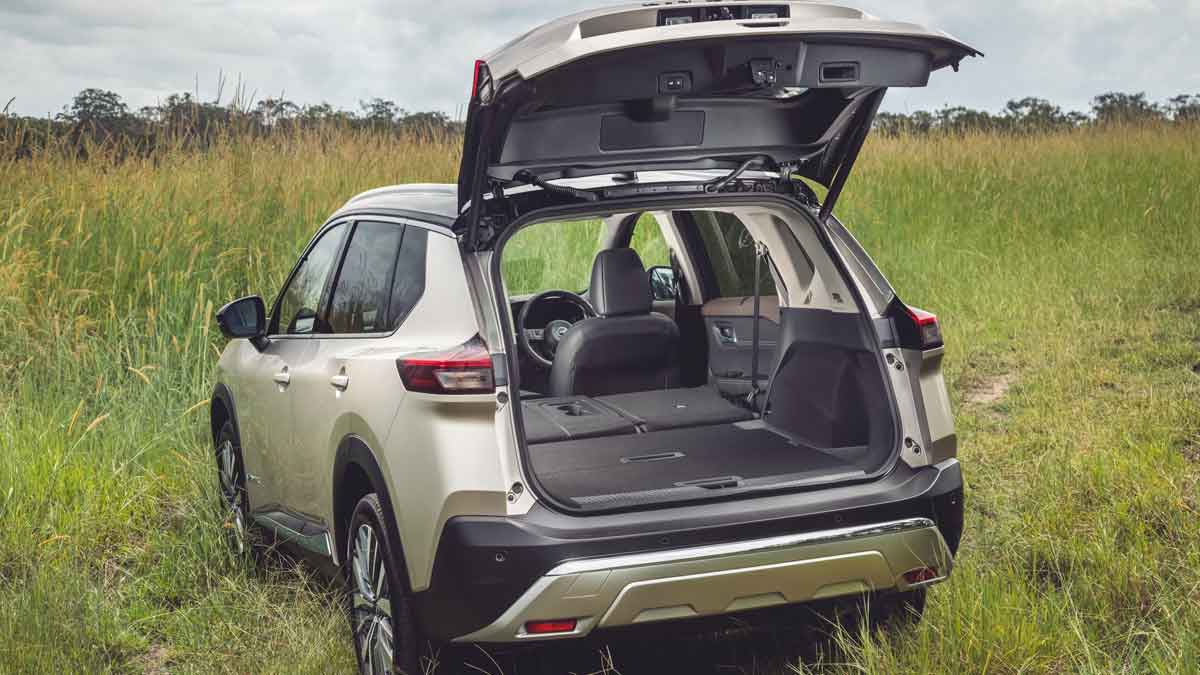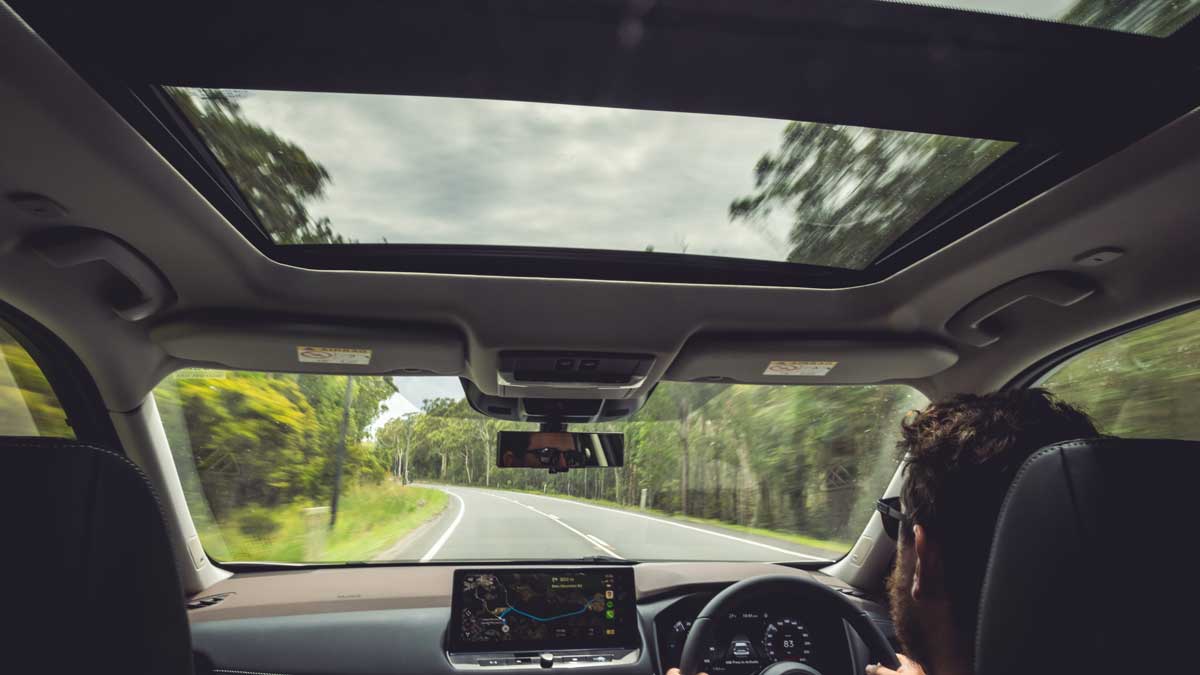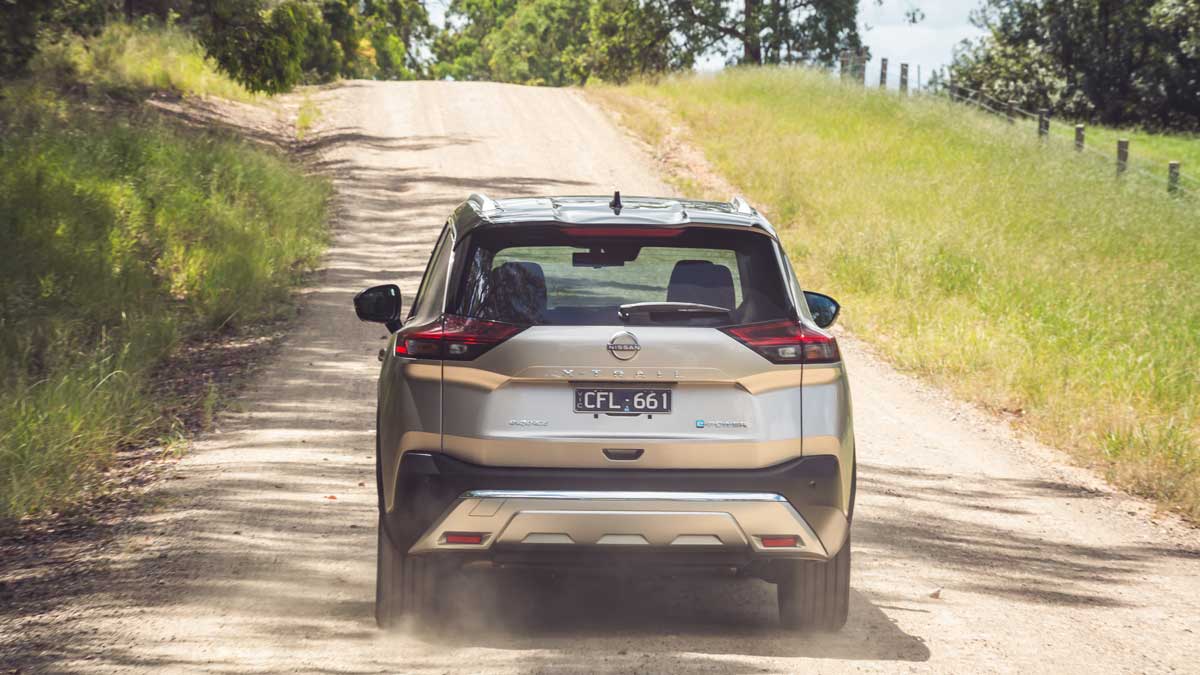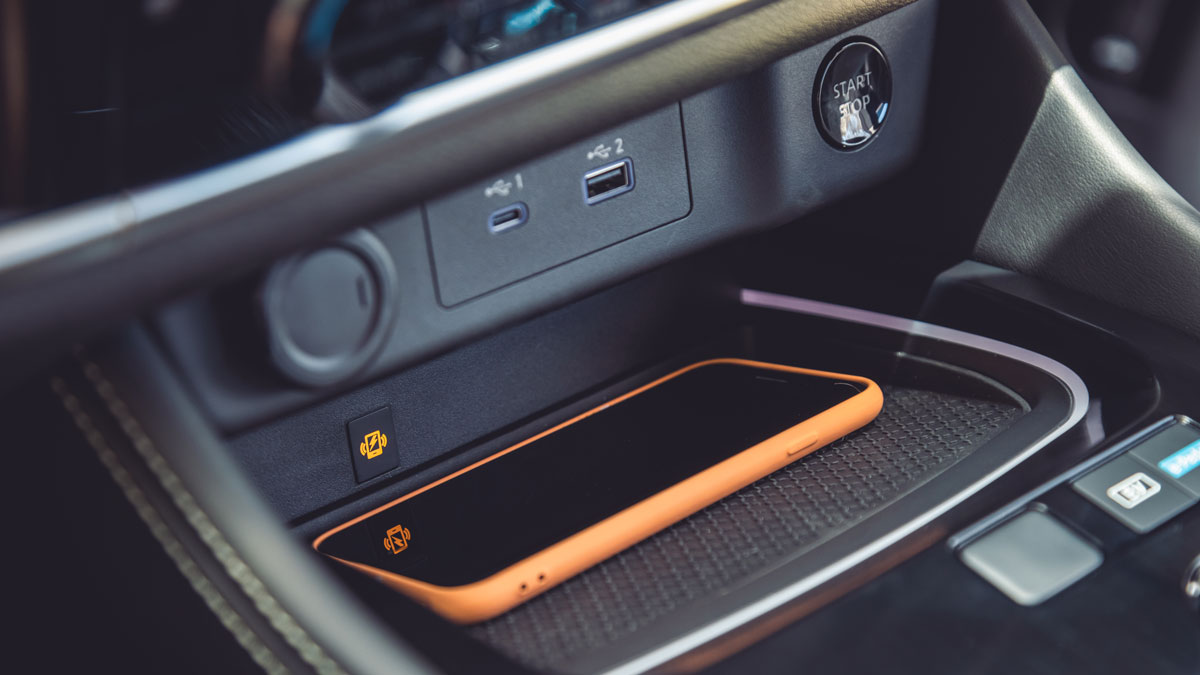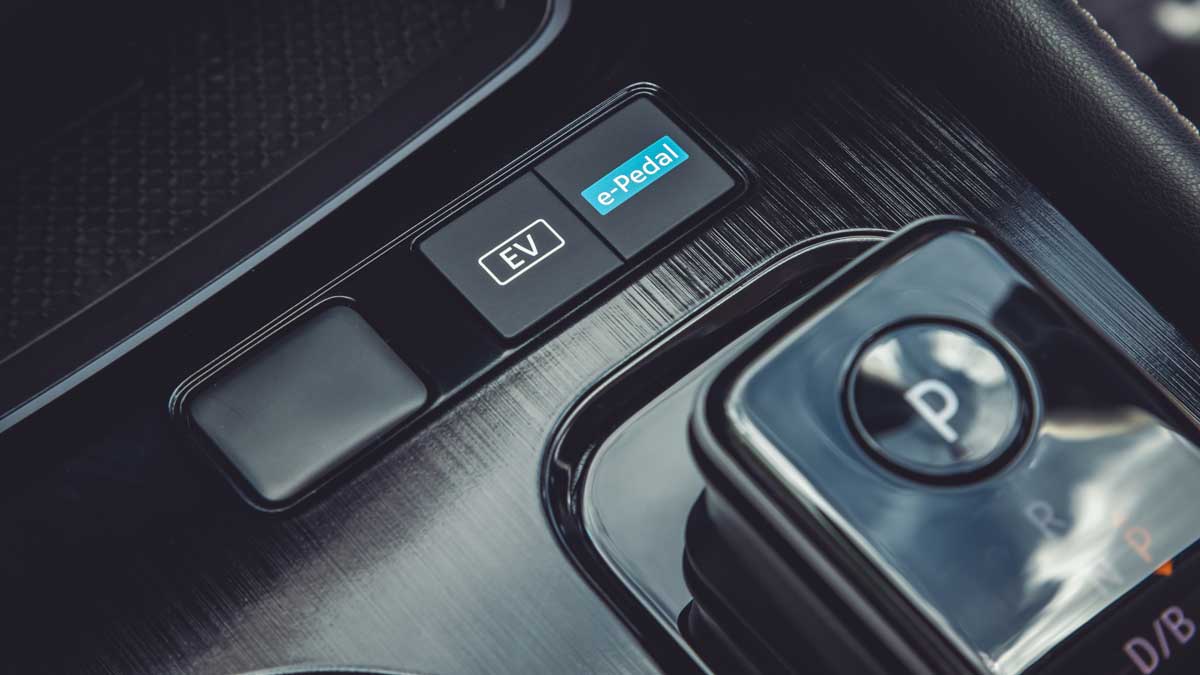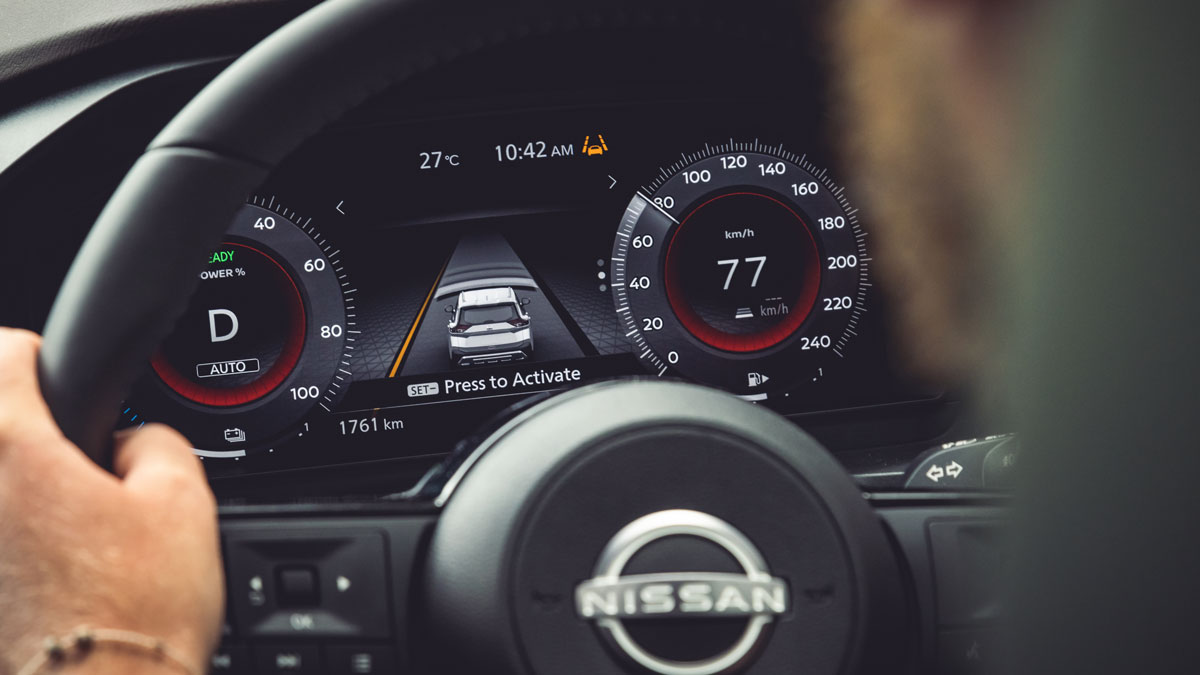The Foton Tunland joins Australia's dual-cab ute market as an affordable mild-hybrid diesel under $50,000, offering strong capability against tough competition.
2023 Nissan X-Trail e-Power review: a hybrid, but not as you know it

There’s a new addition to Nissan’s mid-sized X-Trail SUV family in the form of the e-Power, featuring a powertrain rarely seen in a hybrid.
Designed to take on the popular Toyota RAV4 Hybrid, the Nissan X-Trail e-Power marries a petrol engine to electric motors to create a hybrid system. While it’s not the greatest mid-sized SUV on the market, it does deliver a unique EV-like driving experience no rival hybrid can match.
If you’re desperate to get into the X-Trail e-Power to slash your fuel bills, then you may be a tad underwhelmed.
Sure, it’s more frugal than most mid-sized SUVs and it’ll certainly bring benefits over a regular X-Trail, but the big drawcard of the e-Power is its impressive driving manners that make it an easy car to live with.
On this page
- Pricing and models
- Safety equipment
- Interiors and design
- Engine and specs
- Fuel efficiency
- Performance and handling
2023 Nissan X-Trail e-Power models and pricing
The regular X-Trail range is priced from $36,750 plus on-road costs for a garden variety ST, driving the front wheels all the way to $52,990 for the leather-and-luxury Ti-L driving all four wheels.
But the e-Power range we’ve tested here is only available as a Ti or Ti-L, each generously loaded with equipment – and each towards the upper end of the price scale.
That’s because the e-Power drivetrain adds a $4,200 premium. So the most affordable variant is a Ti priced at $54,190 plus costs.
It comes with plenty of big-ticket items, including a panoramic sunroof, digital instrument cluster, three-zone ventilation and a head-up display.
There’s also smart key entry, wireless phone charging, a powered tailgate and 18-inch alloy wheels.
Splash out another $3,000 for the Ti-L and the alloy wheels step up to 20-inches in diameter and there’s a 10-speaker Bose audio system, among other goodies.
It’s certainly a generous spread, but it also means those wanting the more fuel-efficient version of the X-Trail have to spend up big to do so. That’s an issue when the most obvious rival – the Toyota RAV4 Hybrid – has prices kicking off some $17,000 less than the X-Trail e-Power.
2023 Nissan X-Trail e-Power safety and ANCAP rating
As with the regular X-Trail, the e-Power gets a five-star ANCAP safety rating. As well as seven airbags – including a centre airbag to separate front seat occupants – it gets autonomous emergency braking, blind spot monitoring, speed sign recognition, rear cross traffic alert, lane departure warning and driver monitoring.
2023 Nissan X-Trail e-Power interiors and design
It may wear a mainstream badge, but the latest X-Trail has an upmarket cabin, especially in Ti and Ti-L guise. There’s some convincing faux wood spread across the dash and a two-tone dash with stitching that adds flair. Quality plastics and silver highlights top it all off.
There’s also loads of tech, including a customisable digital instrument cluster and broad 12.3-inch central infotainment screen. That instrument cluster can display a funky energy flow meter that shows you where energy is flowing in real time.
The central infotainment screen user-friendly and the regular volume dial is a plus in an era of buttons and slider dials and the traditional ventilation control equally welcome. There are four USB ports throughout the cabin to keep gadgets topped up.
As an e-Power it’s strictly a five-seater (some X-Trails are available with a third row of seats), but there’s a generous boot with some underfloor storage and clever dividers that can stand upright to separate luggage. The 40/20/40 split-folding back seat also maximises loading options.
2023 Nissan X-Trail e-Power engine and specs
This is where things get interesting for the e-Power. It’s a hybrid, but not as we know it.
Under the bonnet is a three-cylinder turbocharged engine, but it never drives the wheels. Instead, it’s used purely as a generator to create electricity, either to charge the small battery pack under the front seats or to power the motors directly.
That power is sent to two electric motors – one for the front wheels and one for the rear – and delivers a driving experience more akin to an EV than a hybrid.
Press the throttle and there’s a nice surge of energy as the motors start spinning. Most of the time, the petrol engine will also be running to keep the electrons flowing, but it’s usually very quiet courtesy of some tricky noise cancelling technology in the cabin.
When decelerating, you can either press the brake pedal or choose one of the two regenerative braking modes – B mode (for braking) or more aggressive e-Pedal - that provide the feeling of gentle braking.
Despite the EV similarities, the e-Power can never be externally recharged. So you’re off to the petrol station every time you need to top up.
For many, that familiarity will be welcome. To others, they may rue the opportunity to use solar or renewables to power those electric motors.
2023 Nissan X-Trail e-Power fuel efficiency
The X-Trail e-Power is not the fuel miser some may be expecting from a hybrid drivetrain that drives more like an EV. Claimed average fuel use is 6.1 litres per 100km - 22 per cent better than the non-hybrid X-Trail with all-wheel drive. But it’s nowhere near as impressive as the 4.8L/100km for Toyota’s RAV4 Hybrid AWD.
At today’s fuel prices, then, you’d be looking at many years to pay off the $4,200 premium for the e-Power setup – assuming you’re content opting for the more expensive Ti/Ti-L model pairing.
Still, what you lose in efficiency you partially make up in easy and effortless driving experience. By hybrid standards, the e-Power makes around town running easy while adding zest to a country cruise.
2023 Nissan X-Trail e-Power performance and handling
There’s more to the e-Power’s driving enjoyment than the way it accelerates. Nissan has also used the fast-reacting electric motors to deliver subtle but appreciated improvements to the way it steers and brakes.
When cornering, for example, it can send more power to the outside wheels, which has the effect of helping point the vehicle towards the corner more assertively. It’s particularly noticeable on quick direction changes, where it’s slick in its reactions.
When braking, too, the X-Trail can apportion more of its regenerative braking – which creates electricity in the process – to the back wheels, which tucks the tail down, in turn reducing leaning on the nose.
It makes for a mid-sized SUV that’s refreshingly fun to drive.
We’d be happier in the Ti, too, with its smaller diameter 18-inch wheels. They do a better job of supressing road imperfections than the lower-profile 20-inch wheels of the Ti-L. The Ti’s tyres are also quieter at speed.
The information provided is general advice only. Before making any decisions please consider your own circumstances and the Product Disclosure Statement and Target Market Determinations. For copies, visit racv.com.au. As distributor, RACV Insurance Services Pty Ltd AFS Licence No. 230039 receives commission for each policy sold or renewed. Product(s) issued by Insurance Manufacturers of Australia ABN 93 004 208 084 AFS Licence No. 227678.
